Resources & Insights
Actionable knowledge for data center development, permitting, tribal partnerships, and power strategies.
From playbooks and expert articles to real project case studies — this is where land meets logic.

Get the Latest Insights in Your Inbox
Subscribe to our monthly digest of infrastructure trends, permitting updates, and exclusive case studies.
Subscribe Now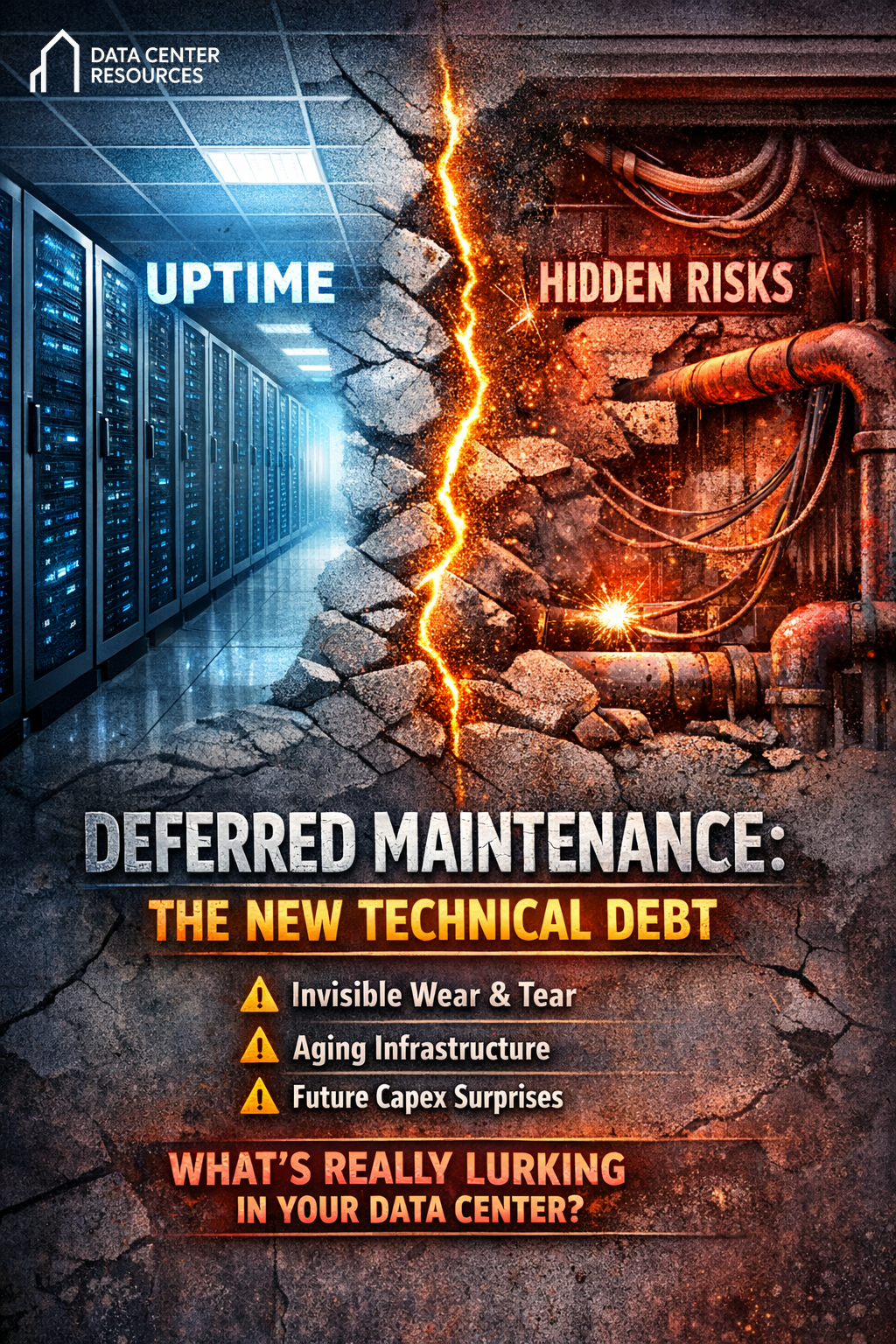
Deferred Maintenance: The Silent Risk Undermining America’s Data Center Boom
Deferred maintenance is one of the most underestimated risks in modern data centers — not because it causes immediate failure, but because it quietly compounds over time. Facilities rarely break from a single event. They drift outside their original design assumptions through small, rational decisions that no one revisits.
As uptime remains the industry’s dominant health metric, deeper infrastructure degradation often goes unnoticed. Grounding systems corrode, temporary fixes become permanent, documentation falls out of sync, and expansion projects expose weaknesses that have been years in the making.
This article examines how deferred maintenance has become the data center industry’s version of technical debt transferring risk from operators to investors and from the present to the future and why long-term reliability depends on what gets addressed long before failure occurs.

Shadow Permitting: The Hidden System That Determines Whether AI Infrastructure Succeeds or Fails
Hyperscale AI campuses consume electricity and cooling at city-scale levels, yet the real bottlenecks aren’t just permits or environmental reviews. Timing, inter-agency coordination, transmission readiness, and sovereign partnerships often dictate whether a project progresses in months or stalls for years. Understanding these hidden layers is the critical edge for developers and regions seeking to lead in AI infrastructure.

Beyond the Rack: How Data Center Infrastructure Will Pivot in 2025–26 to Power a Post-AI World
2025–26 marks a turning point for data center infrastructure. The rise of AI, cloud computing, and high-density workloads is transforming facilities into integrated ecosystems where power, land, and technology converge. Developers are partnering with energy providers and sovereign nations to build AI-native campuses, combining liquid cooling, renewable microgrids, and carbon circularity. These innovations are not only accelerating deployment but redefining who controls the digital landscape. From tax-exempt tribal land ventures to ultra-dense AI racks, the future of infrastructure is living, efficient, and sustainable. Explore how companies are moving beyond the rack to power a post-AI world — turning dirt, steel, and electrons into the foundation of tomorrow’s digital economy.

Hybrid Power Parks: Merging Solar, Storage, and Data Infrastructure
By 2030, hybrid power parks are expected to become the standard for scalable, sustainable and resilient digital infrastructure

Power Without Boundaries: How Modular Substations and Solar Builds Are Reshaping Data Infrastructure
Data center growth depends on one critical factor: power. Yet conventional substation development is slow, expensive, and rigid — the opposite of what modern infrastructure demands.
This article explores how modular substation technology and solar integration are transforming the build process from the ground up. By standardizing design, accelerating deployment, and embedding renewable generation, modular systems enable operators to achieve operational readiness in a fraction of the traditional timeline.
From utility partnerships to on-site battery storage, this evolution isn’t just about faster builds — it’s about future-proofing energy delivery for a digital economy that can’t afford downtime.
Discover the engineering, economics, and vision behind the modular revolution in power infrastructure — and how Data Center Resources is helping clients move from concept to commissioned systems with unmatched speed and precision.

From Dirt to Digital Gold: Unlocking Land Value Before Construction
Data centers aren’t just buildings—they’re ecosystems built on strategic land and mission-critical resources. By preparing sites before construction, landowners can generate recurring income, attract premium buyers, and reduce project timelines.
At Data Center Resources, we help landowners and brokers position land for the digital economy, aligning it with power, permitting, and infrastructure requirements. From mission-critical equipment and products to essential services and turnkey resources, we guide every step of the process, transforming underutilized land into high-value, income-generating assets.
In today’s fast-growing market, AI, cloud computing, and streaming demand a new approach: land is no longer just dirt—it’s the foundation for future-ready facilities. Our expertise ensures that every site is ready for the operational needs of tomorrow, creating value long before the first shovel hits the ground.

The Ultimate Guide to Data Centers: The Hidden Powerhouses of the Digital Age
In a world where every click and stream depends on instant access to data, data centers quietly power our digital existence. This in-depth feature unpacks what they are, how they work, and why they’re critical to the future of technology and the global economy.

Funding Meets Feasibility: How Forward-Thinking Developers Make Their Data Centers Investment-Ready
Data centers are evolving fast. Learn how clarity, alignment, and strategic partnerships help developers attract capital and move projects from vision to reality.

Navigating Data Center Land Acquisition: What You Need to Know Before You Buy

From Blueprint to Breakthrough: How Modular Ecosystems Are Rewriting Data Center Deployment
Modular data center ecosystems are transforming IT infrastructure deployment. Data Center Resources offers expert guidance on planning, integration, and logistics, helping operators deploy modular solutions faster, more efficiently, and at global scale.

Building the Future Together: Why Manufacturers Should Partner with Data Center Resources

Veterans in Data Center Ops: Why Ex-Military Talent is Increasingly Sought After

Upskilling & Certifications – What’s Missing in Current Training Pipelines (and How Companies Are Filling Gaps)
Upskilling and certifications are booming, but current training pipelines lag behind technology and real-world needs. This article explores where the gaps are, why they matter, and how leading companies are filling them with in-house academies, simulations, and hybrid learning models.

Data Visualizations: Turning Complex Data Center Timelines Into Clear Insights
Data centers power our digital world, but behind the servers and fiber lies a complex web of permitting, power infrastructure, and connectivity challenges. Data visualizations—charts, graphs, and maps—help professionals turn this complexity into clarity. By revealing patterns in permitting timelines, cooling efficiency, tax incentives, and fiber connectivity, visuals empower smarter decisions and build industry authority without a sales pitch.

Edge-Oriented Design – Shrinking Hyperscale Principles Down for 5G, IoT, and Autonomous Systems
Discover how edge-oriented design is transforming digital infrastructure—bringing hyperscale principles to 5G, IoT, and autonomous systems for real-time, latency-first performance.
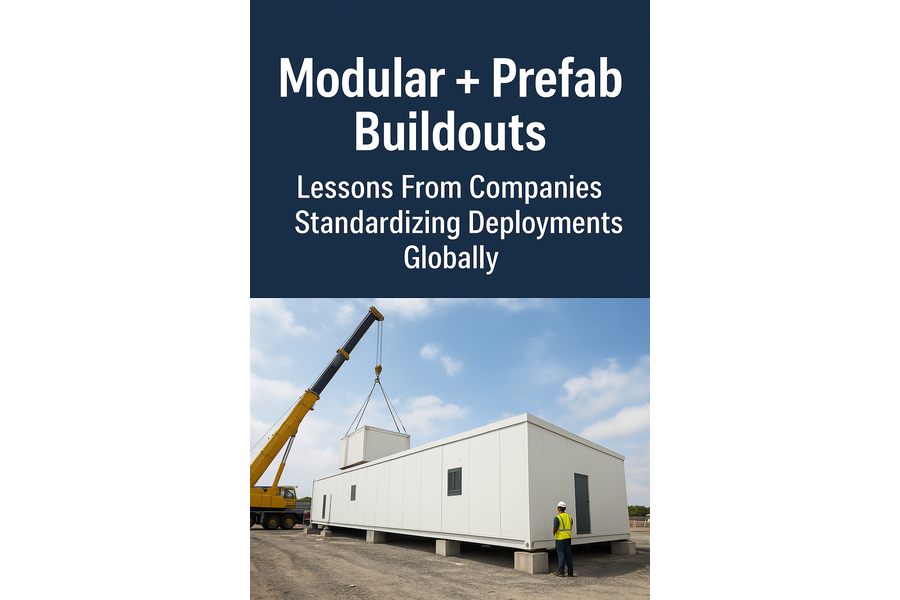
Modular + Prefab Buildouts: Lessons From Companies Standardizing Deployments Globally
Modular and prefab buildouts are transforming data center construction worldwide—delivering speed, sustainability, and global scale with local flexibility.
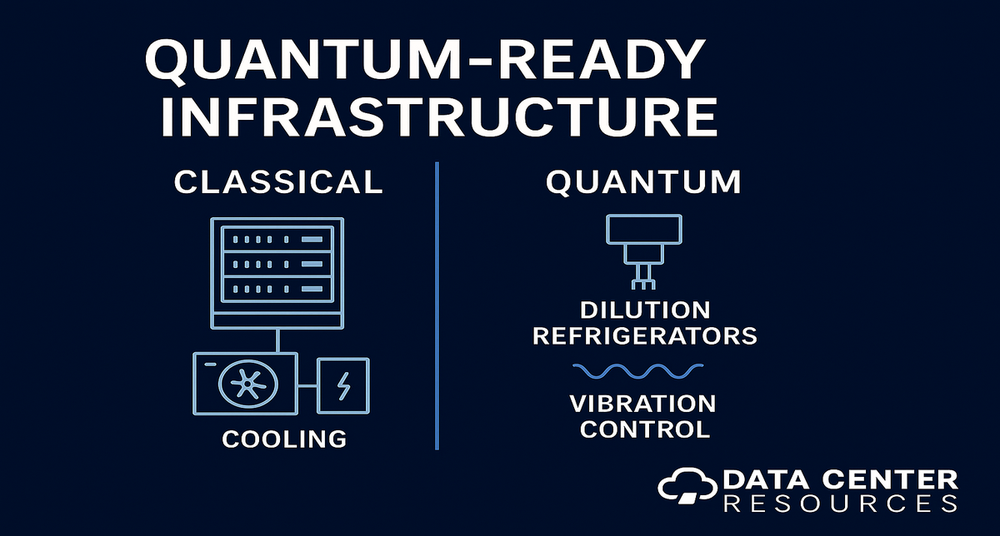
Quantum-Ready Infrastructure: Preparing Facilities for the Coming Wave of Quantum Computing Clusters
Quantum computing is pushing data centers into a new era. Explore how forward-thinking infrastructure, from advanced cooling to resilient networks, is shaping quantum-ready clusters and preparing the foundation for tomorrow’s superclusters.
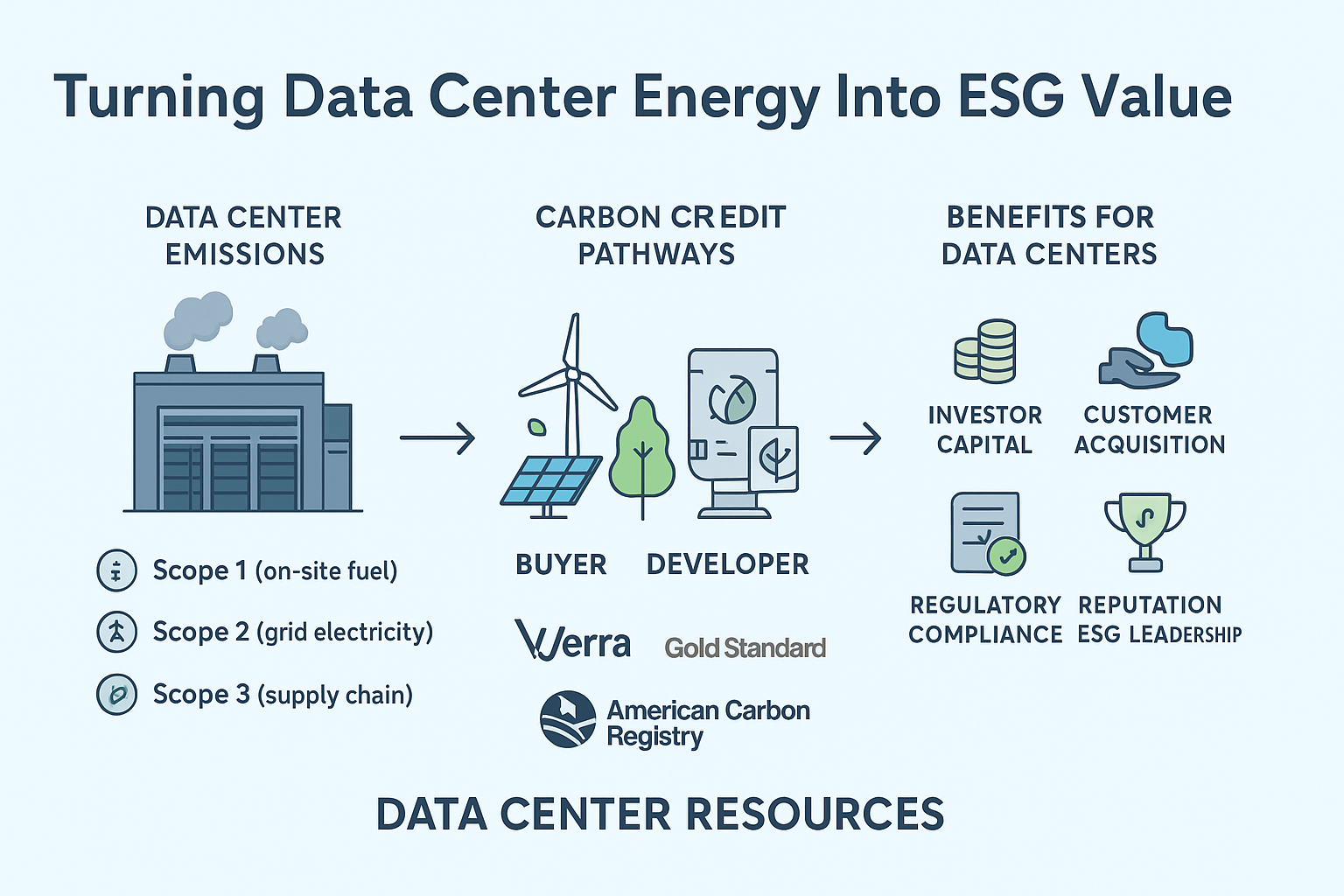
Carbon Credits in Data Centers: Turning Energy Into ESG Value
Data centers face growing pressure to reduce their carbon footprint while keeping pace with AI and cloud demand. Carbon credits offer a path to sustainability, compliance, and investor confidence. Learn how leading operators are turning emissions into ESG value—and how your business can do the same.
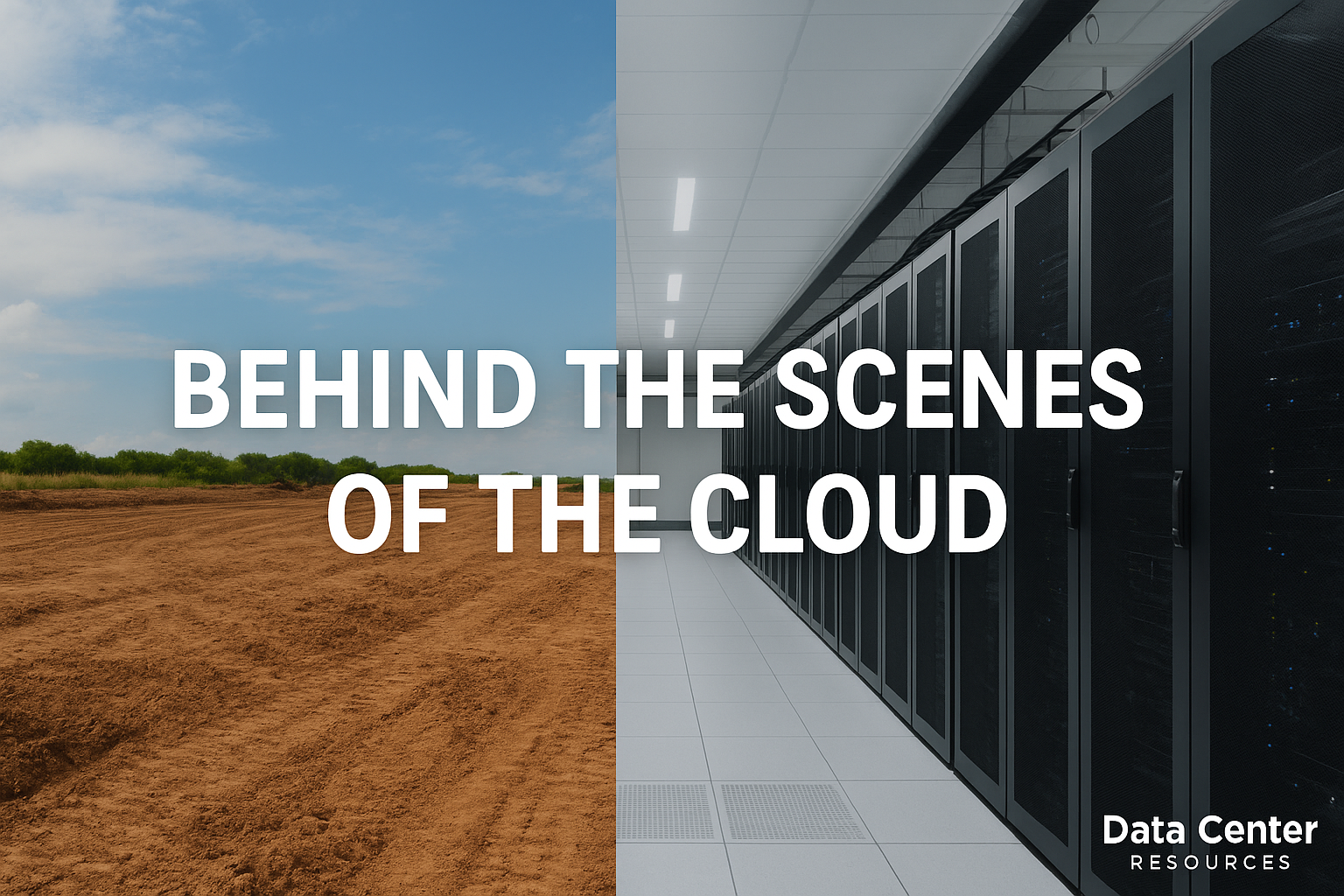
Inside the Walls: Behind the Scenes of Data Center Development
Behind every email, stream, or AI query is a hidden world of dirt, steel, power, and people. From raw land selection to substations and late-night permitting battles, discover what it really takes to build the cloud you use every day.
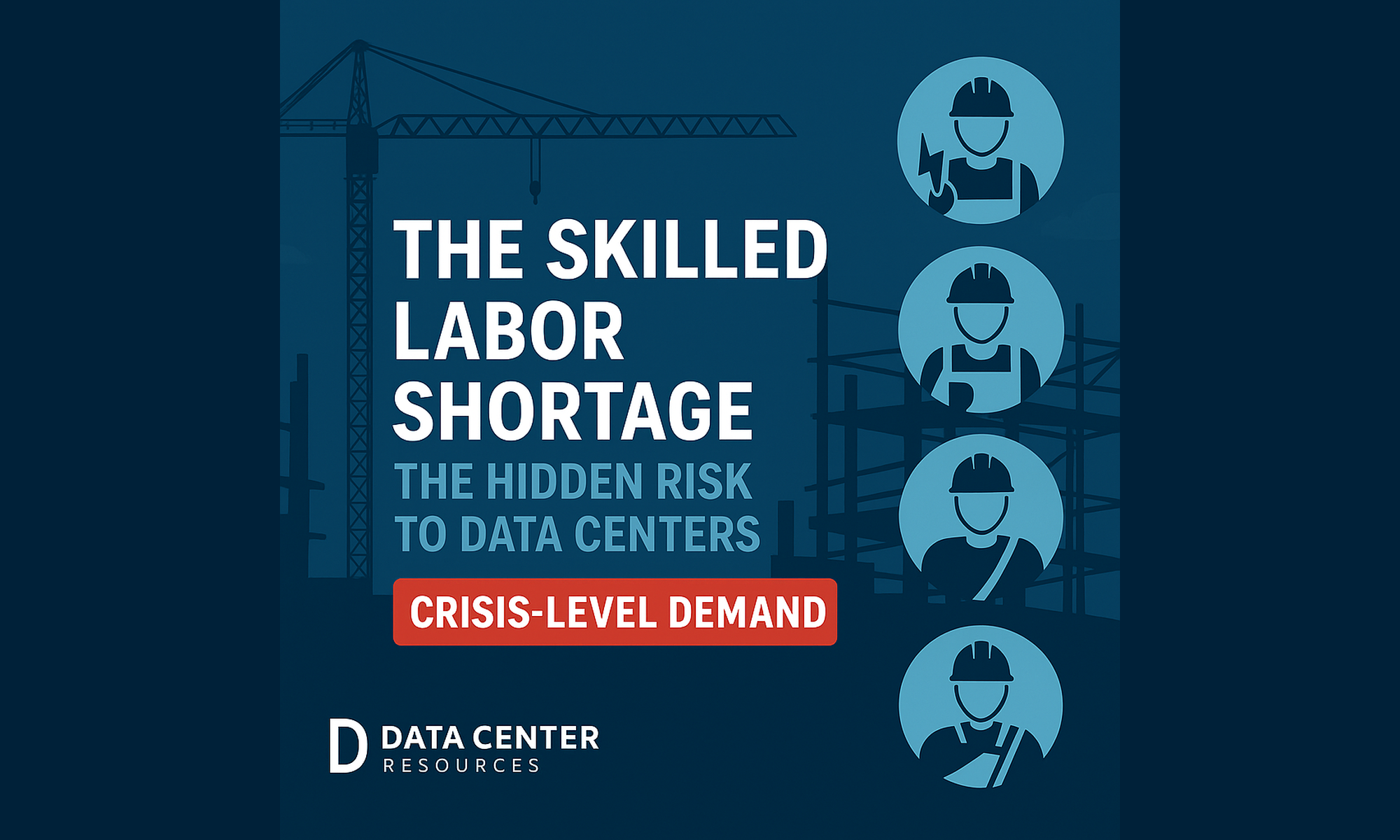
The Skilled Labor Shortage: Inside the Quiet Crisis Threatening the Digital Economy
The cranes are up. Steel is in the air. Switchgear waits in its crates. On paper, the new hyperscale data center outside Phoenix should be humming by now.
